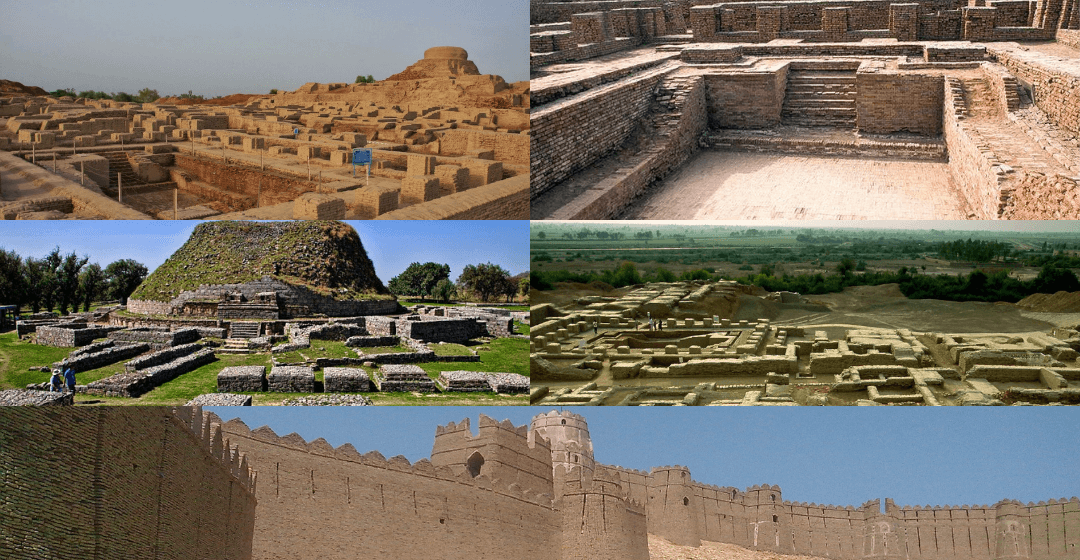There are many archaeological sites in Pakistan listed in the UNESCO World Heritage list. Pakistan has been privileged to acquire the remnants of thousands of years of ancient civilization, culture, and living patterns. These five most important archaeological sites in Pakistan, given below, will give you an overview of the world’s archaeological heritage.
Mehrgarh
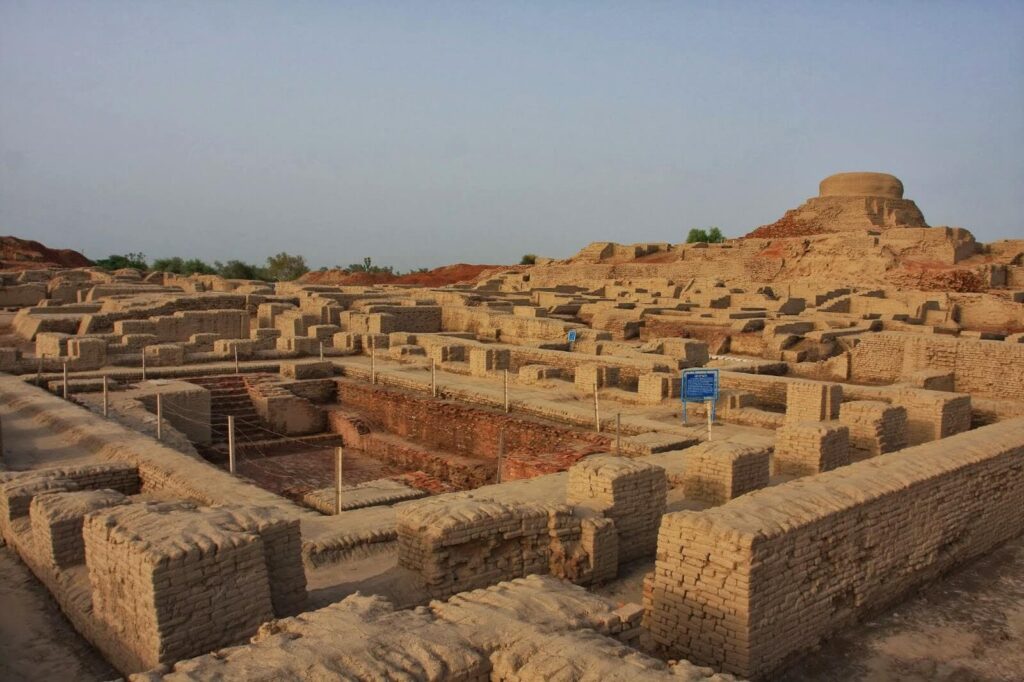
Did you know that Mehrgarh is the oldest site that has remnants of a civilization that dates back to 7000 BCE? Mehrgarh civilization was the first city in the world to adopt agriculture, raise livestock, and organize communal life. There is one interesting fact: before 1979, everyone thought that Harappa and Mohenjo-Daro were the oldest civilizations in Pakistan.
In 1979, it was discovered that rather near the town of Sibi in Balochistan, there were the signs of Mehrgarh civilization, an ancient settlement 4000 years older than Mohenjo-Daro and Harappa. Moreover, some believe that the Harappan genesis can be traced back to Mehrgarh.
Kot Diji
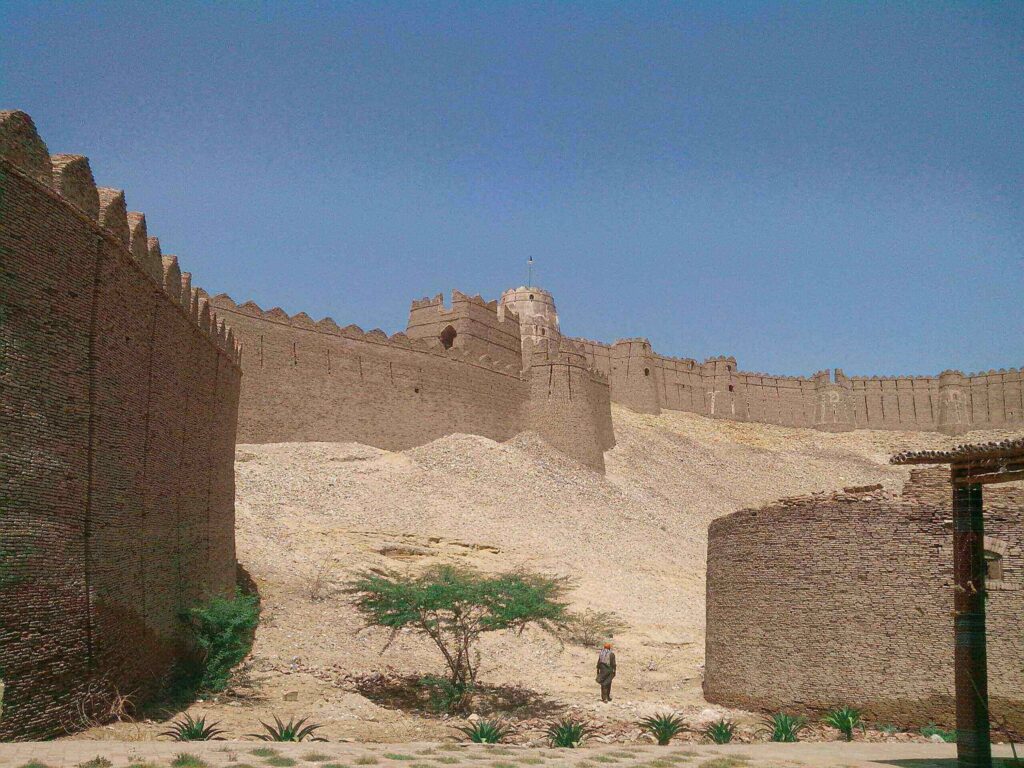
Another civilization dating back to 3500-3000 BCE, the Kot Diji civilization, was located 22 kilometers south of Khairpur in Sindh. This civilization was the predecessor of the Indus Civilization. This region was divided into two during the peak of its civilization. The first part was called the Citadel, an area for elites of the civilization.
The whole Citadel was surrounded by big defensive walls that separated the general population from the elites. The lower town was home to the majority of the population, living in mud houses.
Mohenjo-Daro

There is no question that Mohenjo-Daro is always the most important archaeological site in Pakistan. The most interesting thing about Mohenjodaro is that the ruins display practical examples of early urban planning. It is believed that Mohenjo-Daro means “the mound of the dead.” Mohenjodaro was one of the largest settlements of the Indus valley civilization. Mohenjodaro was declared as a World Heritage site by UNESCO in 1980.
Read more: Chinese visitors in awe of Pakistan’s culture at Shanghai exhibition
In Mohenjodaro, there were lavish palaces for the elite and a town with rectangular patterns for the general public. The town had an effective drainage system and granaries. Additionally, they have their grand baths that were used for ablution.
Harappa
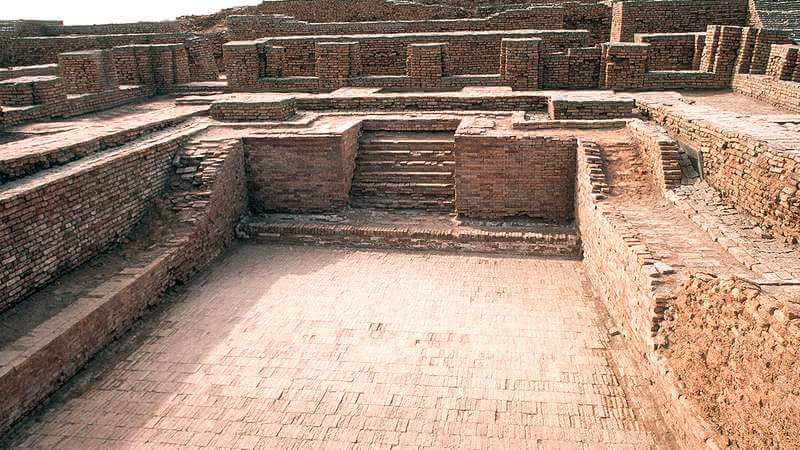
Harappa is one of the most important archaeological sites in Pakistan, located 24 kilometers west of Sahiwal city. As one of the most ancient civilizations, Harappa occupies a formidable position, since it was a more civilized civilization than others, and it was the first to learn reading and writing.
The Harappans were accustomed to living a disciplined life with proper planning. It is evident from the remains of this ancient city that they had a remarkable infrastructure, that their lifestyle was extraordinarily good. It appears that Harappa was populated primarily between 2000 and 1700 B.C. Agriculture and trade seemed to be the driving forces behind the economy of the Harappans.
Taxila
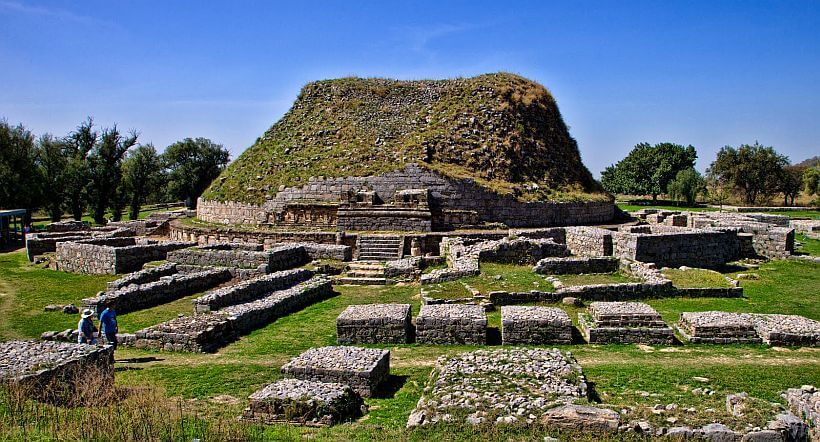
Taxila is regarded as one of the most significant archaeological sites in Asia, as well as one of the most visited sites in Pakistan, situated approximately 32 km from Islamabad. There is evidence that civilization here first arose during the Persian Empire in the 6th century BC.
In ancient times, Taxila served as a Buddhist university and centre for education, attracting pilgrims from all across Asia. It was also known as the “City of Cut Stone.” The site was named a UNESCO World Heritage Site in 1980 and was listed as the top tourism destination in Pakistan.
In Pakistan, there are numerous other archaeological sites that have a unique history. Different civilizations in the past had different cultures and ways of living. Most tourists visit Pakistan because of its ancient history and the ruins of ancient civilizations.

